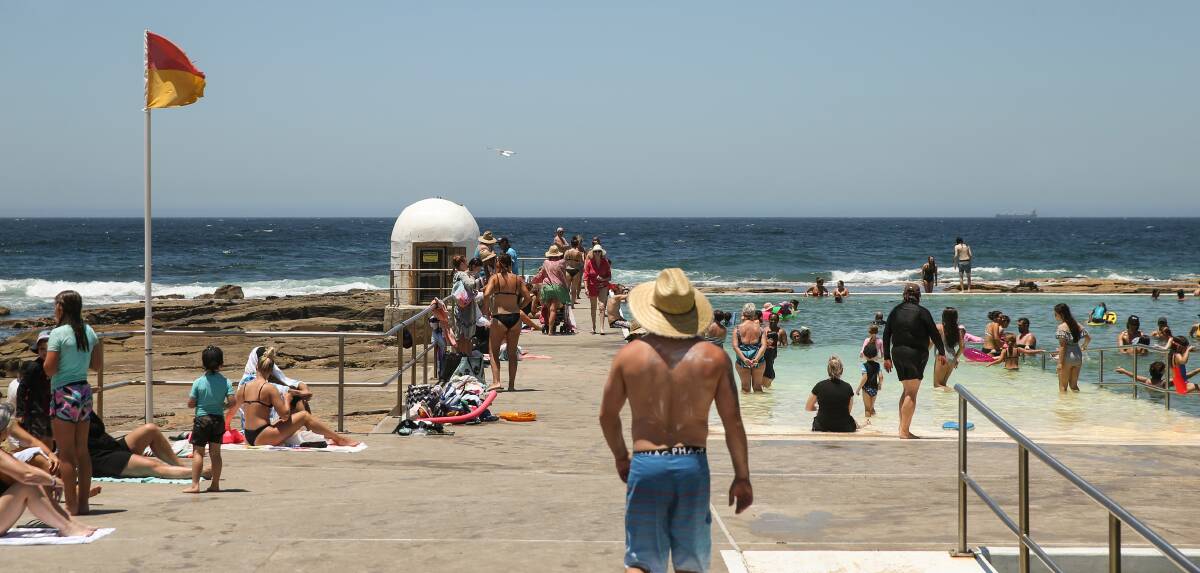Heatwaves are our deadliest environmental disaster, and if we want to keep as many people safe as possible, we need to prepare our suburbs.
Subscribe now for unlimited access.
$0/
(min cost $0)
or signup to continue reading
Throughout 2022, heatwaves caused tens of thousands of deaths across Asia, the Middle East and Europe.
People suffered through weeks of searing temperatures, with moments of relief followed by another wave of sweltering days.
It's only a matter of time before cities across Australia face longer, hotter and more deadly heatwaves driven by our warming climate.
The 2019-2020 summer smashed heat records, including a 48.9 degree Celsius day in Penrith, Western Sydney.

By the end of this century that type of extreme summer may be closer to the average.
We do know that our coming summers will be swelteringly hot with unprecedented heatwaves. In Brisbane, heat related deaths are projected to increase by 500 per cent by 2050.
I've heard from thousands of people around the country who've faced extreme heat in their homes.
I've heard stories from people sleeping in the stairwells of their public housing blocks because it's a bit cooler than inside their homes, and families sleeping in their car to escape the hot box houses they live in.
Like me, they're dreading what will happen in the coming summers.
But we can set ourselves up to limit heat-related deaths and illness.
First, we need to be better at communicating about the dangers of heat. Second, we need to increase health, emergency and community support so people can keep cool. Proposals to name and categorise heatwaves, like they have in Seville, Spain, and like we do with cyclones, would be a huge step forward.
If I could tell you that Heatwave Zoe next week would be a category 5, catastrophic, you would sit up and pay attention. Individuals, businesses, schools, hospitals and other organisations could have heat plans in place, and we could better compare heat conditions from year to year.
But telling people it's hot without helping them keep cool is like pointing to the flood water around our ankles but refusing to provide sandbags.
READ MORE:
Governments could help keep our suburbs safe by opening its air-conditioned libraries for longer, engaging health outreach services to check in on vulnerable people, subsidising power bills so people can afford to run air conditioning at home, or making pool entry or midday movies free.
We can't build enough heat shelters for all of the city residents who'll experience catastrophic heat in coming years, but retro-fitting programs, raising minimum energy efficiency standards in hot suburbs, and greening our cities would all help people stay safer at home.
Local governments are doing excellent work in strengthening community resilience. We need more leadership at a state and federal level that reflects the seriousness of heatwave danger.
Without making heatwave strategies a higher priority, the residents of our sweltering suburbs could be facing a death sentence.
- Emma Bacon is the founder and executive director of Sweltering Cities, an NGO that works with communities in hot suburbs.

